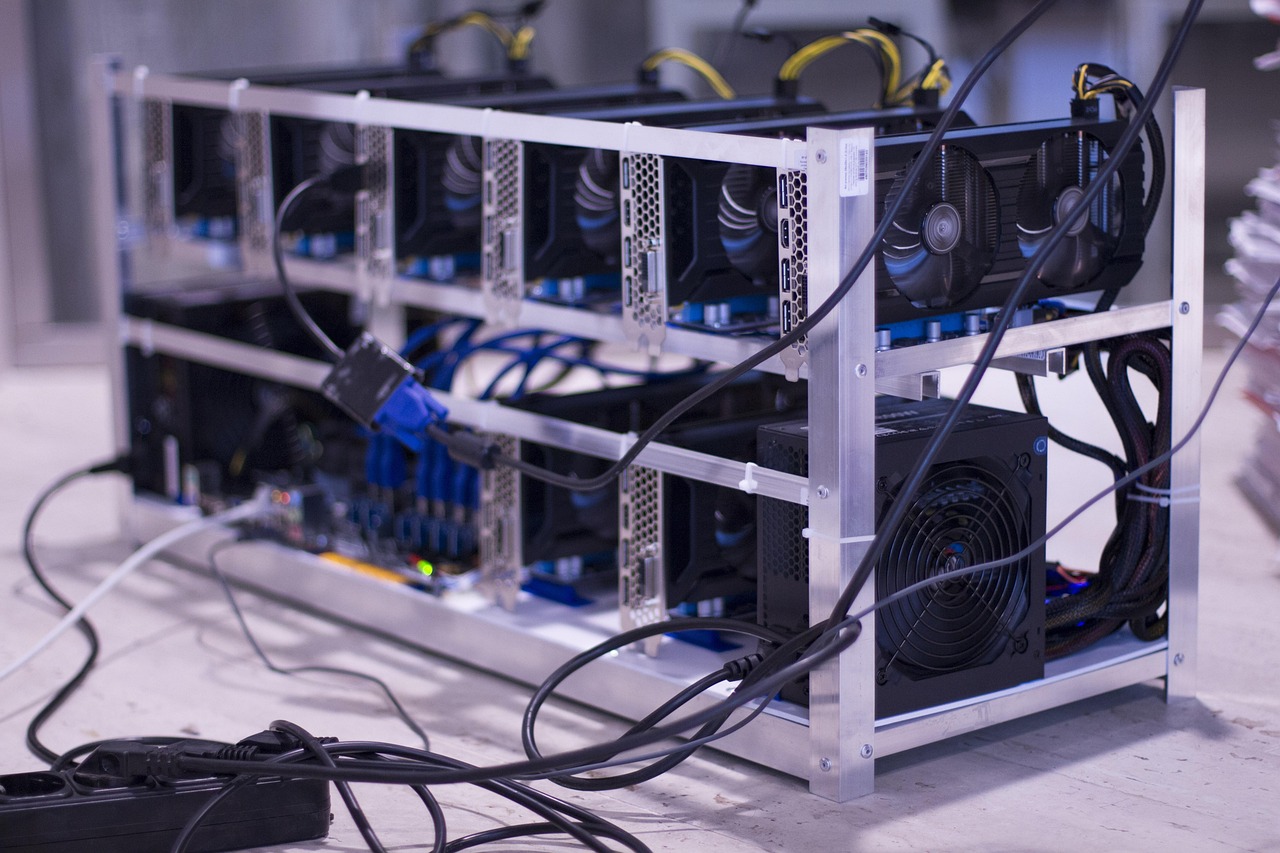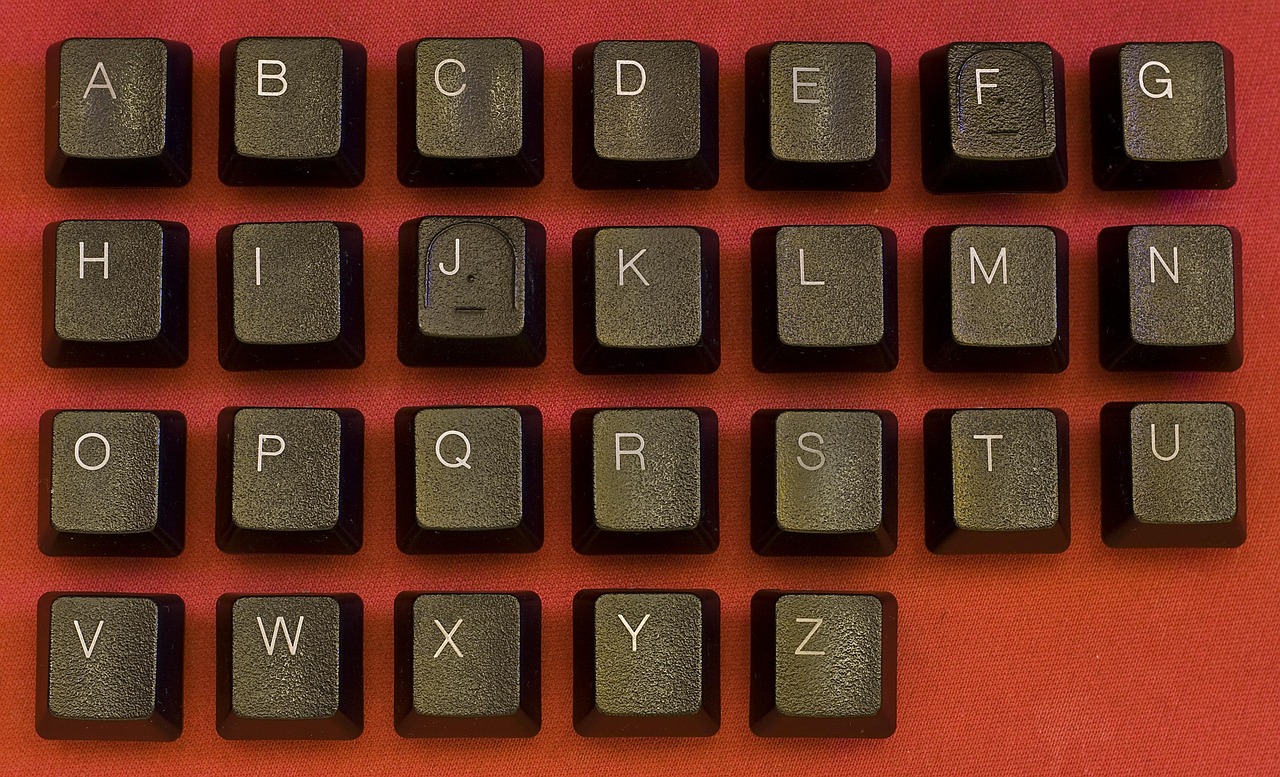
Scaling Challenges in AI Hardware
The recent technical paper from the DeepSeek team, co-authored by CEO Wenfeng Liang, addresses critical scaling challenges in artificial intelligence hardware. It emphasizes the necessity of hardware-aware model co-design to tackle the limitations faced by large language models (LLMs).
The paper, which spans 14 pages, provides insights into how the right hardware infrastructure can enable cost-efficient training and inference for LLMs, which are becoming increasingly demanding in terms of resources.
Hardware Limitations for AI Models
As LLMs scale, they reveal significant bottlenecks in current hardware architectures, including constraints related to memory capacity and computational efficiency. DeepSeek-V3, which operates on a cluster of 2048 NVIDIA H800 GPUs, serves as a case study illustrating how a synergistic approach between model design and hardware capabilities can mitigate these limitations. This model achieves a remarkable balance between performance and resource utilization, which is crucial as the demand for powerful AI systems continues to grow.
Key Insights
Key Insights from DeepSeek-V3 Architecture. The DeepSeek-V3 architecture introduces several innovations aimed at addressing memory efficiency, cost-effectiveness, and inference speed. For instance, the Multi-head Latent Attention (MLA) technique reduces memory consumption significantly during inference. Rather than storing full key-value (KV) caches for each attention head, DeepSeek uses a compressed latent vector, resulting in a memory footprint of only 70 KB per token, compared to LLaMA-3.1’s 516 KB and Qwen-2.5’s 327 KB. This optimization demonstrates a clear advantage in resource management for large-scale AI applications.
Memory Efficiency
Memory Efficiency Techniques in DeepSeek-V3.
DeepSeek-V3 employs several strategies for enhancing memory efficiency. The MLA technique compresses KV representations, significantly lowering memory requirements. Additionally, the model integrates shared KV mechanisms, which allow multiple attention heads to utilize a single set of key-value pairs, and adopts quantization compression to reduce the precision of stored KV values. These strategies are critical for maintaining performance while managing the exponential growth of LLM memory demands.
Cost Effectiveness
Cost-Effectiveness through DeepSeekMoE. To enhance cost-effectiveness, DeepSeek incorporates the DeepSeekMoE architecture, which utilizes a Mixture-of – Experts (MoE) approach. This design allows for a dramatic increase in the number of parameters—671 billion in DeepSeek-V3—while only activating a fraction during training. Specifically, it activates 37 billion parameters per token, in contrast to dense models like Qwen-2.5 and LLaMA-3.1, which require all parameters to be active. This selective activation reduces the computational cost to around 250 GFLOPS per token, considerably less than the 394 GFLOPS and 2448 GFLOPS needed for its dense counterparts.
Enhancements in Inference Speed
DeepSeek-V3 also prioritizes both system throughput and single-request latency, employing a dual micro-batch overlapping architecture. This design allows for the simultaneous execution of computations and communications, maximizing GPU utilization. The model’s innovative architecture supports high token output speeds, essential for efficient reinforcement learning workflows and reducing user-perceived latency during long inference sequences. This capability not only enhances user experience but also improves overall system efficiency, marking a significant advancement in AI technology.
Low Precision
Low-Precision Training Innovations. DeepSeek-V3 pioneers the use of FP8 mixed-precision training, a significant advancement in the field. While many quantization techniques have focused on inference, DeepSeek’s approach allows for reduced computational costs during training while retaining model quality. This is particularly important as the model scales, making large-scale training more feasible. Additionally, DeepSeek employs low-precision communication strategies that reduce the volume of data transferred during model operation, thereby enhancing performance.
Addressing Hardware Architecture Constraints
The current architecture utilized by DeepSeek, based on the NVIDIA H800 GPU, presents challenges due to reduced FP64 compute performance and bandwidth limitations. To overcome these issues, DeepSeek has designed its model with hardware-aware considerations, optimizing parallelization strategies to enhance performance. For instance, by avoiding excessive Tensor Parallelism and focusing on Pipeline and Expert Parallelism, the model can better utilize available resources.

Future Directions for Hardware Development
Looking ahead, DeepSeek advocates for a converged approach to scale-up and scale-out communication protocols. By integrating dedicated co-processors for network traffic management, the model could significantly enhance bandwidth utilization and reduce software complexity. Furthermore, exploring new interconnect protocols like Ultra Ethernet Consortium and Unified Bus could provide innovative solutions for the challenges faced in high-performance AI workloads.

Conclusion on AI Hardware Innovations
The insights derived from the DeepSeek-V3 architecture highlight the importance of hardware-aware model co-design in overcoming the limitations of current AI infrastructures. By addressing memory efficiency, cost-effectiveness, and inference speed, DeepSeek sets a precedent for future developments in large-scale AI systems. The ongoing evolution of hardware and model architectures will be crucial in meeting the demands of increasingly complex AI applications, ultimately driving innovation in the field.

